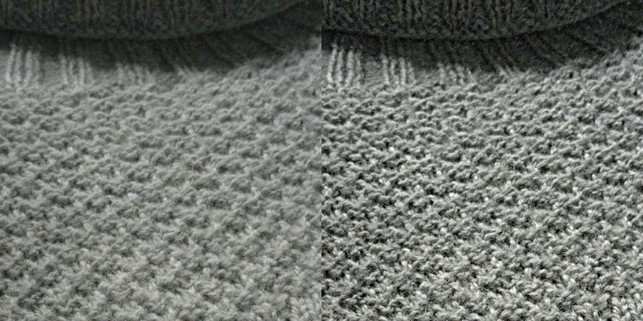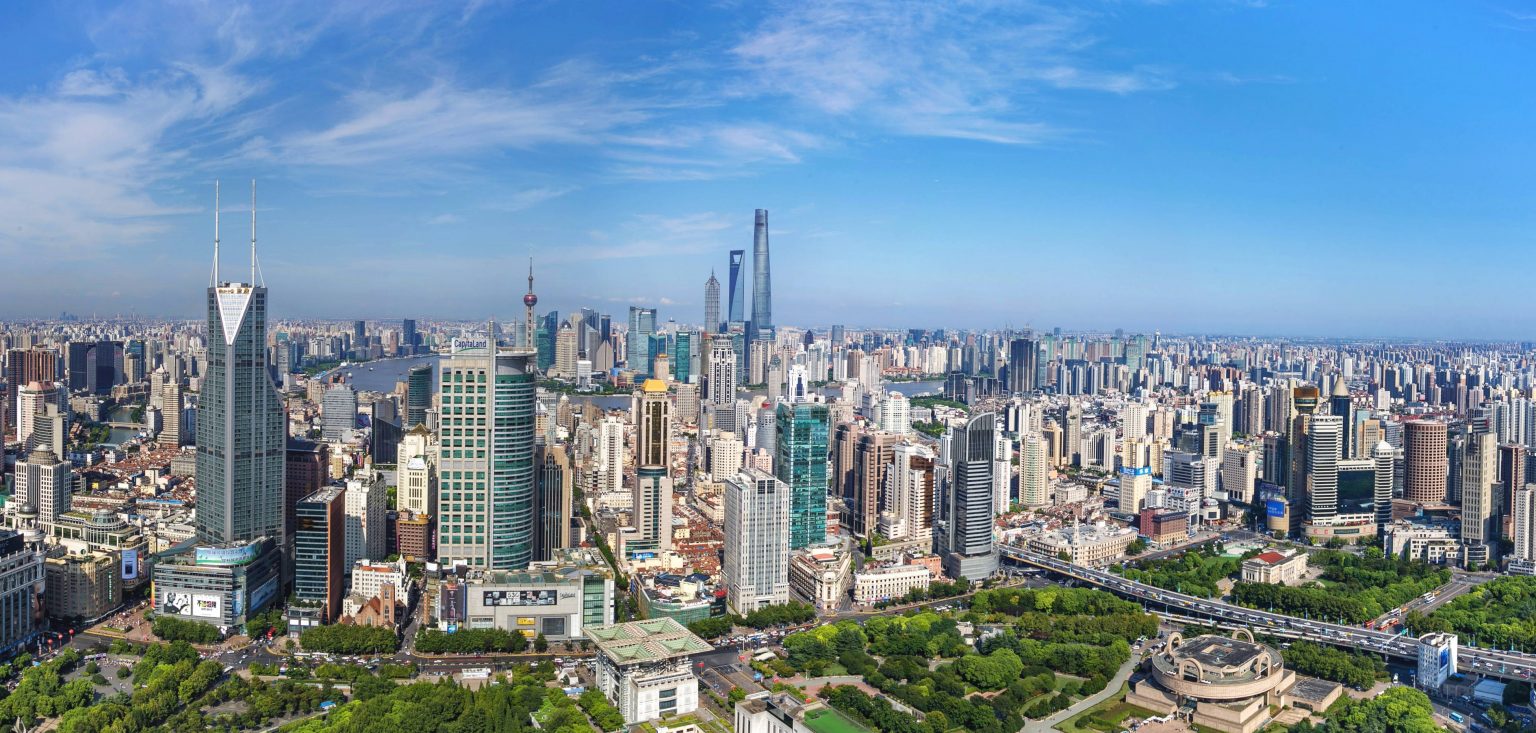This blog post was originally published at Visidon’s website. It is reprinted here with the permission of Visidon.
In the last post we discussed what is a good image and what does image quality mean. You can read the article here.
In general, there are a few common criteria which usually determine the image quality: noise, sharpness, color, contrast, and dynamic range. Before the image is shown for example on a mobile phone screen, the image is enhanced with different algorithms.
Noise reduction: A simple way to reduce noise from images is by taking an average of nearby pixels. Sudden increases in brightness will be smoothened but this will also destroy tiny details like text or small textures. A better way would be to calculate sudden changes, like edges, and to smoothen based on that information. Noise reduction can have a downside of making the image blurry.
Multi-shot noise reduction is a digital image processing method that uses image stacking for noise reduction. This means that several identical images of the same object or scene are combined into one new image. The details in each of these separate shots are accurate in different areas of the image and combining them will make the final image as accurate as possible. With this technique it is possible to achieve less noise like on long exposure images but without any blurring the long capture time causes.

Sharpening: Image sharpness is a combination of two factors: resolution and acutance. Resolution is easy to define: it is the size of the image file in pixels. The higher the resolution, the more pixels the image has. Acutance is more complicated topic. The acutance tells how visually sharp the edges in the image are and there is no standard way of measuring it.
Image can be sharpened to counteract the noise reduction on blurriness. For example, blurring the image with filters and then subtracting this blurry image with the original image will show the edge areas or details. Simply adding this edge image with the original will result in much crisper image. This technique is called Unsharp Mask. Using this technique will increase noise too, so noise reduction and sharpening will always be a trade-off between noise and sharpness.

Sharpness makes details and textures pop out. Left: input, right: sharpened image.
Exposure fusion for wider range of brightness is a technique somewhat similar to multi-shot noise reduction, where several shots are needed for building a desired result. Instead of just taking one photo, HDR (High Dynamic Range) uses two or more photos, taken at different exposures and fused together with software for capturing a greater range of brightness from a scene and the whole image is detailed.
 |
 |
Dynamic range: low dynamic range vs. high dynamic range
Colors can be adjusted for example by saturation and vibrance. Saturation means increasing the intensity of all colors of the image, which can result in oversaturation in certain colors and lead to loss of details in those areas. Oversaturated skin can look orange and unnatural. Vibrance is a more robust tool to adjust colors by only affecting the intensity of the colors that are not already well saturated. This gives the image a more natural like lighting.


Original image and oversaturated version
What you see is what you get?
The phrase of the headline is not something that a camera phone manufacturer can guarantee for the phone user, but today´s algorithms help to bridge the gap between how we see things and how devices digitally view things. There are a plenty of different algorithms to play with, and the ones listed in this article are only a tip of the iceberg. If you want to learn more, follow our blog postings and social media channels:
About Visidon:
Visidon specializes in the development of fast and energy efficient image and video processing technologies. Our software products include for example automatic image quality enhancement, computational imaging, and face recognition.
Our technologies utilize the latest microprocessor architectures and machine learning algorithms especially for mobile and embedded industries. Our solutions can be found in over 1 billion mobile phones.


